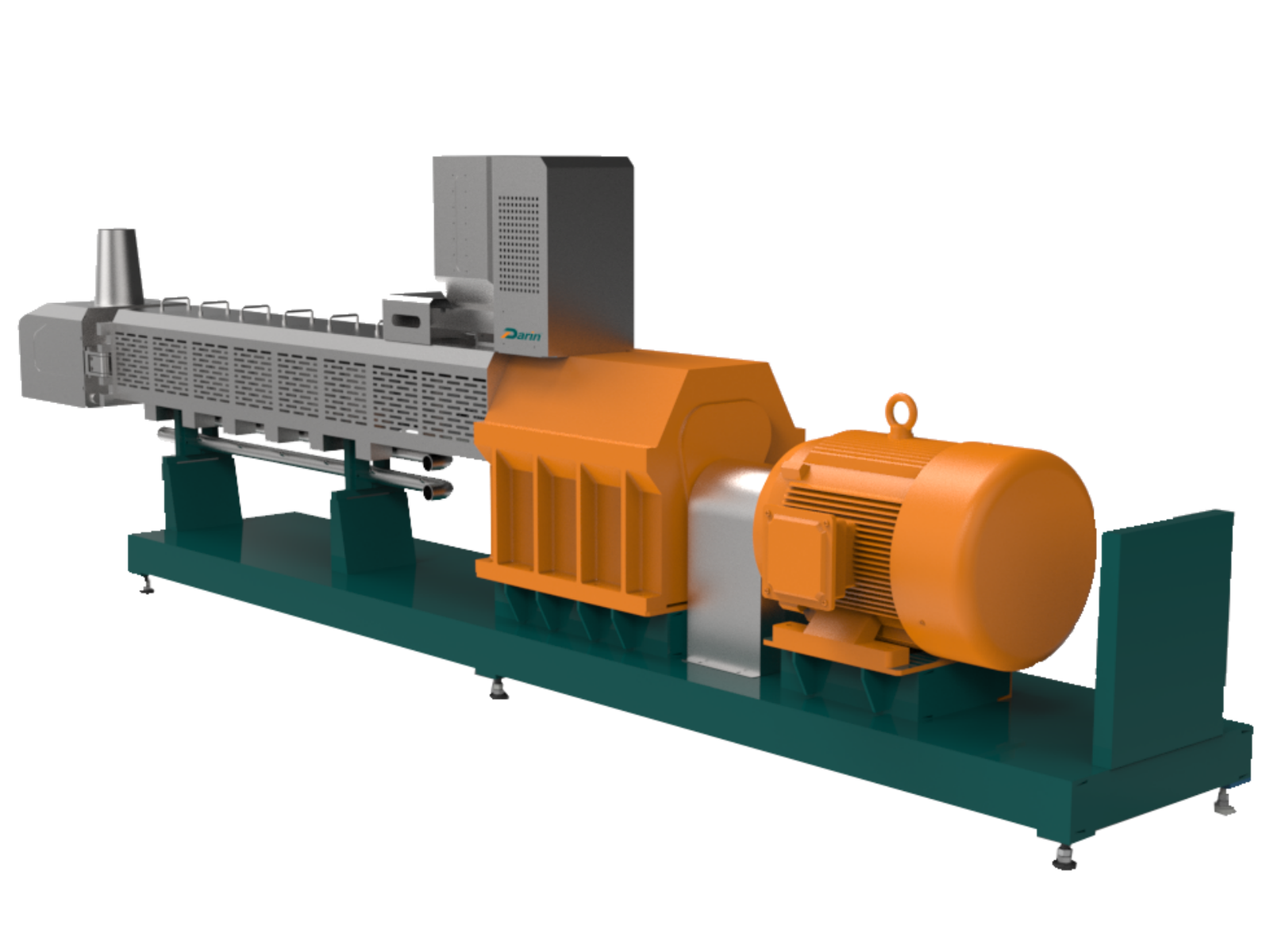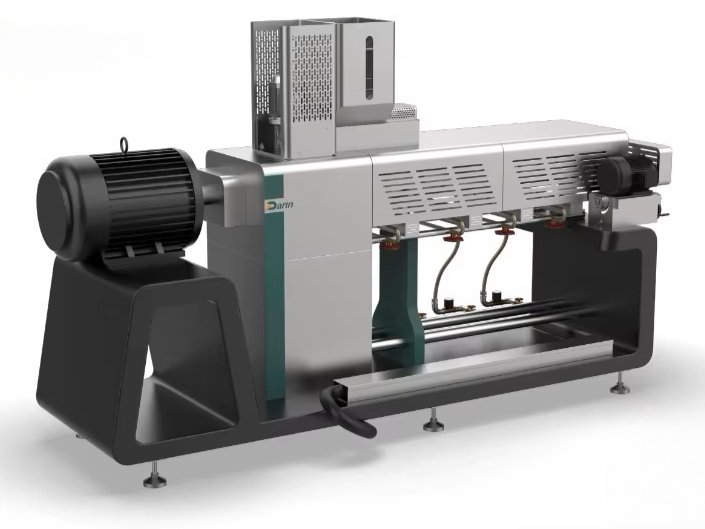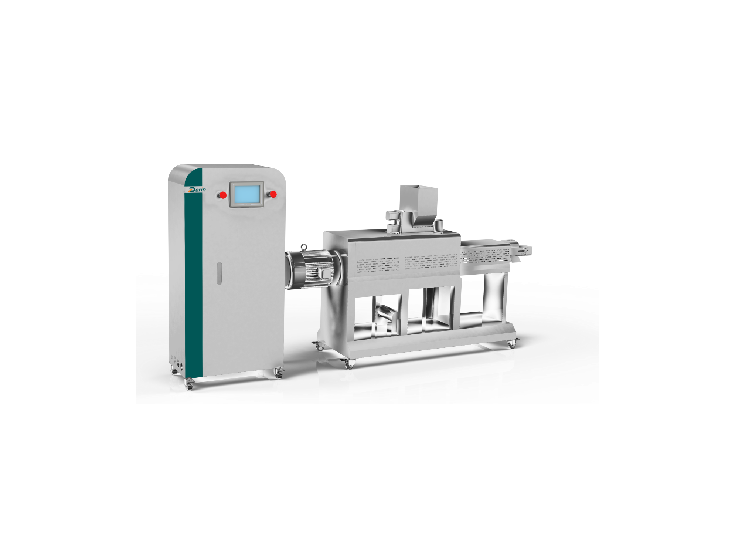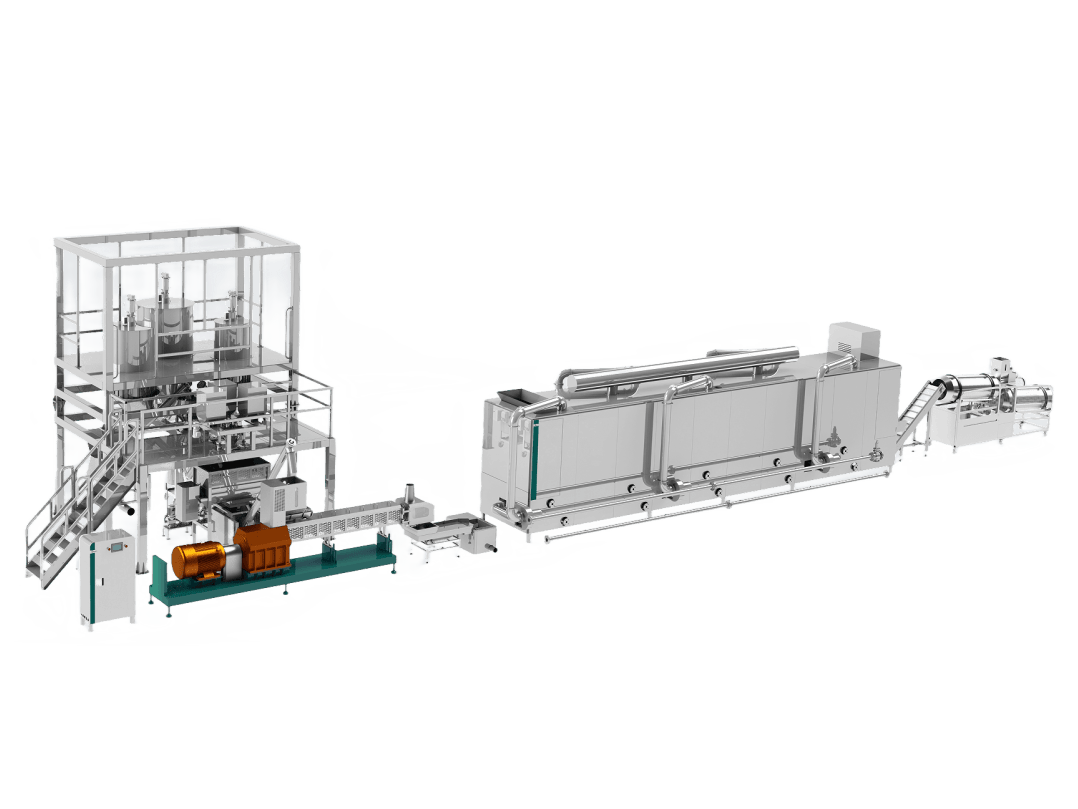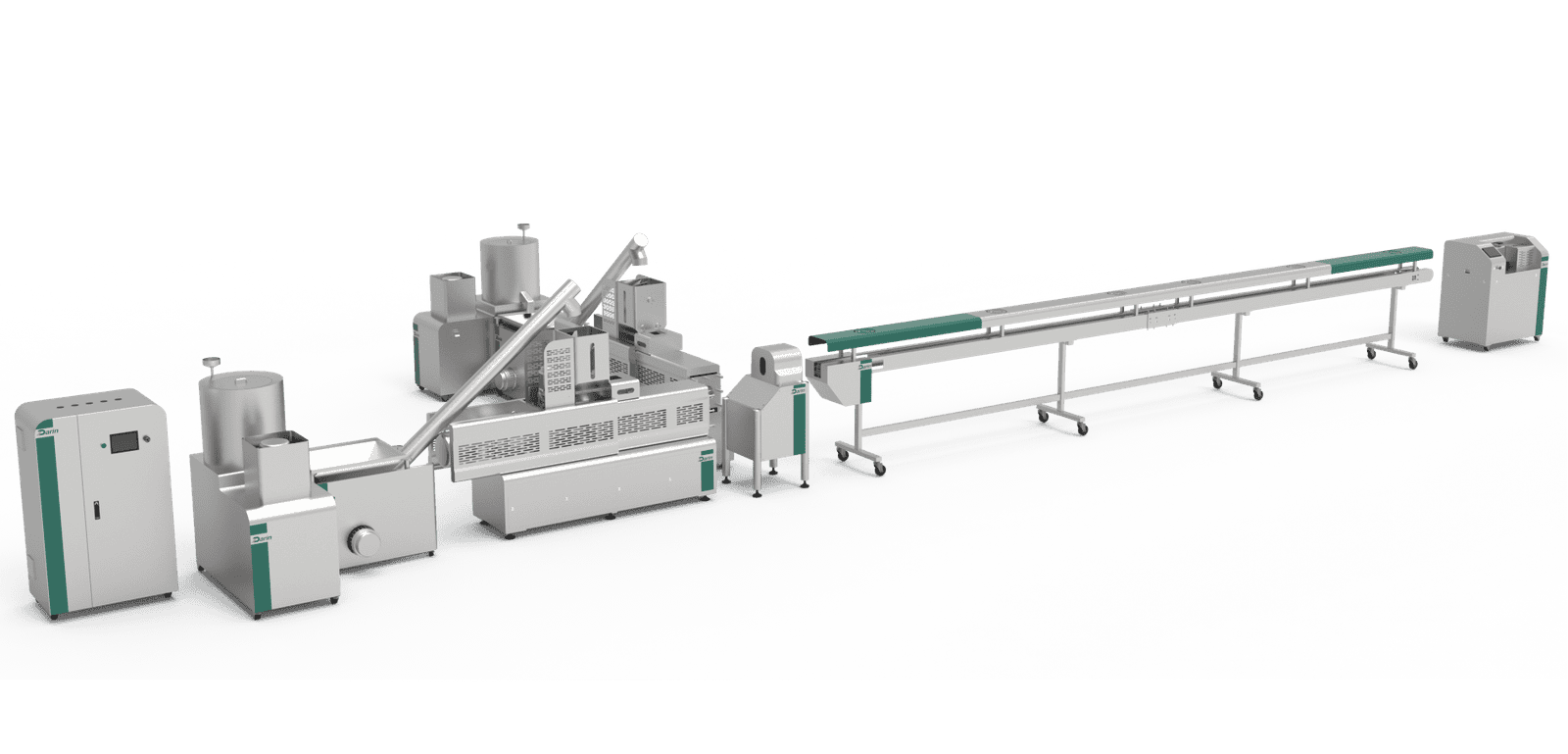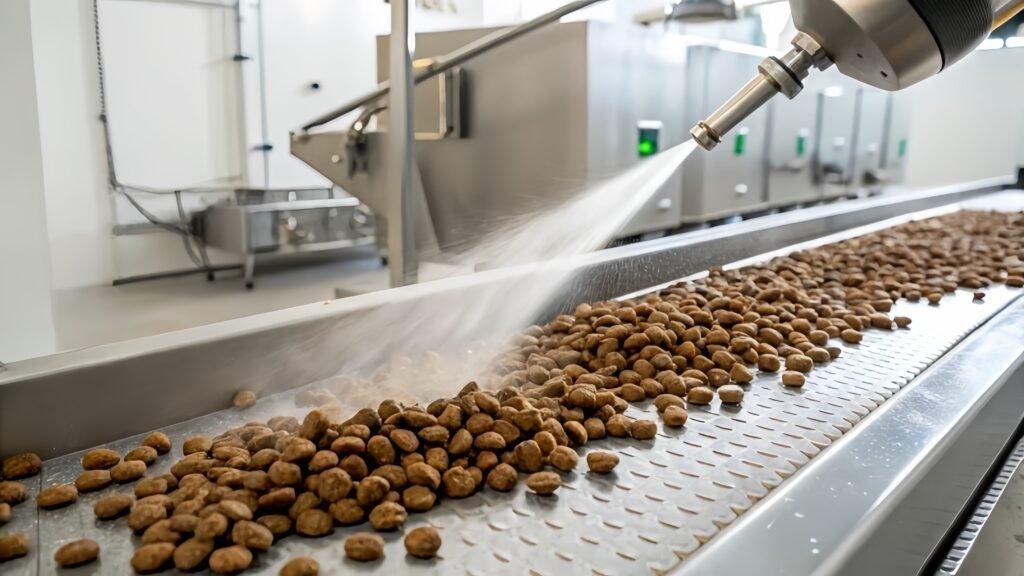 how to manufacture dog food?homemade dog food vs. commercial production visual selection[/caption]
how to manufacture dog food?homemade dog food vs. commercial production visual selection[/caption]
Making dog food may seem as simple as mixing meat and grains, but in reality, both homemade dog food and commercial production involve complex decisions around ingredients, processing, safety, and nutrition. Many pet owners struggle to create balanced diets at home, while manufacturers must comply with strict industry standards to ensure consistency, quality, and safety. Poorly prepared dog food—whether homemade or industrial—can lead to severe health problems like malnutrition, kidney disease, or foodborne illness. This article provides an authoritative, step-by-step guide to manufacturing dog food, comparing homemade methods with industrial-scale commercial production to help you choose or create the safest and most effective solution for your pets or customers.
Dog food can be manufactured either at home using fresh ingredients through basic cooking and blending methods, or on a commercial scale using automated extruders, mixers, dryers, and coaters to produce nutritionally balanced, shelf-stable kibble or canned food. Homemade dog food offers control and personalization, but it requires veterinary guidance to meet dietary standards. Commercial manufacturing involves advanced machinery, regulatory compliance (like AAFCO or FEDIAF), and large-scale ingredient processing.
Whether you’re a pet parent seeking the healthiest meal for your dog or an entrepreneur exploring the pet food industry, this article will walk you through both approaches—from ingredient selection to final product packaging. Keep reading to discover practical processes, equipment options, ingredient formulas, and quality standards.
Homemade dog food is always healthier than commercial dog food.False
Homemade dog food can be fresh and personalized but may lack nutritional balance without expert guidance, while commercial dog food is formulated to meet strict nutritional standards.
🏠 Part 1: How to Make Homemade Dog Food
Homemade dog food gives owners full control over ingredients, freshness, and flavor, but it comes with risks if not properly balanced. Below is a comprehensive workflow for homemade dog food preparation.
🐾 Step-by-Step Process for Homemade Dog Food
| Step | Action | Details |
|---|---|---|
| 1 | Choose protein | Chicken, beef, turkey, fish, eggs |
| 2 | Select carbohydrate | Rice, oats, sweet potato, pasta |
| 3 | Add vegetables | Carrots, peas, spinach, green beans |
| 4 | Include healthy fats | Fish oil, flaxseed oil, olive oil |
| 5 | Cook ingredients separately | Boil/steam meat and starches, gently cook veggies |
| 6 | Mix thoroughly | Combine ingredients proportionally |
| 7 | Supplement as needed | Calcium, taurine, multivitamins (vet-recommended) |
| 8 | Cool and portion | Divide into airtight containers |
| 9 | Store properly | Refrigerate up to 3 days, freeze up to 2 months |
🧪 Nutritional Guidelines for Homemade Dog Food
| Nutrient | Daily Requirement (per kg body weight) | Sources |
|---|---|---|
| Protein | 2.62g | Meat, fish, eggs |
| Fat | 1.3g | Oils, fatty fish |
| Calcium | 50mg | Ground eggshell, supplements |
| Phosphorus | 42mg | Meat, bones |
| Omega-3 | 100mg | Fish oil, flaxseed |
| Fiber | 1-3% of diet | Pumpkin, peas, oats |
⚠ Veterinary consultation is essential for customizing the right formulation based on your dog’s age, size, breed, activity level, and health conditions.
🧯 Risks & Precautions
- Nutrient imbalance: Without supplements, most homemade recipes lack calcium, taurine, or essential fatty acids.
- Food safety: Improper storage or cross-contamination can cause bacterial infections (e.g., Salmonella).
- Time-consuming: Preparing fresh batches several times a week can be labor-intensive.
Homemade dog food eliminates all food allergies in dogs.False
While it can help identify and avoid allergens, it does not guarantee dogs won’t develop other food sensitivities.

🏭 Part 2: How to Manufacture Commercial Dog Food
Commercial dog food production is an industrial-scale process that transforms raw ingredients into shelf-stable, balanced pet meals. It involves automated machinery and strict safety protocols to ensure compliance with regulatory bodies like AAFCO (USA), FEDIAF (Europe), or GB standards (China).
🧰 Commercial Dog Food Production Process
| Step | Description | Key Equipment | |
|---|---|---|---|
| 1 | Ingredient receiving & storage | Raw meat, grains, vitamins stored in silos or cold rooms | Silos, cold storage |
| 2 | Grinding & mixing | Raw materials are ground into fine particles and uniformly mixed | Hammer mill, ribbon blender |
| 3 | Preconditioning | Moisture and heat are added to prepare for extrusion | Preconditioner |
| 4 | Extrusion | High pressure and temperature cook and shape the food | Twin-screw extruder |
| 5 | Drying | Moisture is reduced to preserve shelf life | Multi-layer dryer |
| 6 | Coating | Fats, palatants, or probiotics are sprayed onto the product | Drum or vacuum coater |
| 7 | Cooling | Product is cooled to avoid condensation in packaging | Cooling conveyor |
| 8 | Sieving & screening | Undersized or irregular kibble is removed | Vibratory screen |
| 9 | Packaging | Final product is packed in bags or cans | Automatic bagger, can sealer |
📊 Flowchart: Dry Dog Food Manufacturing (Extrusion-Based)
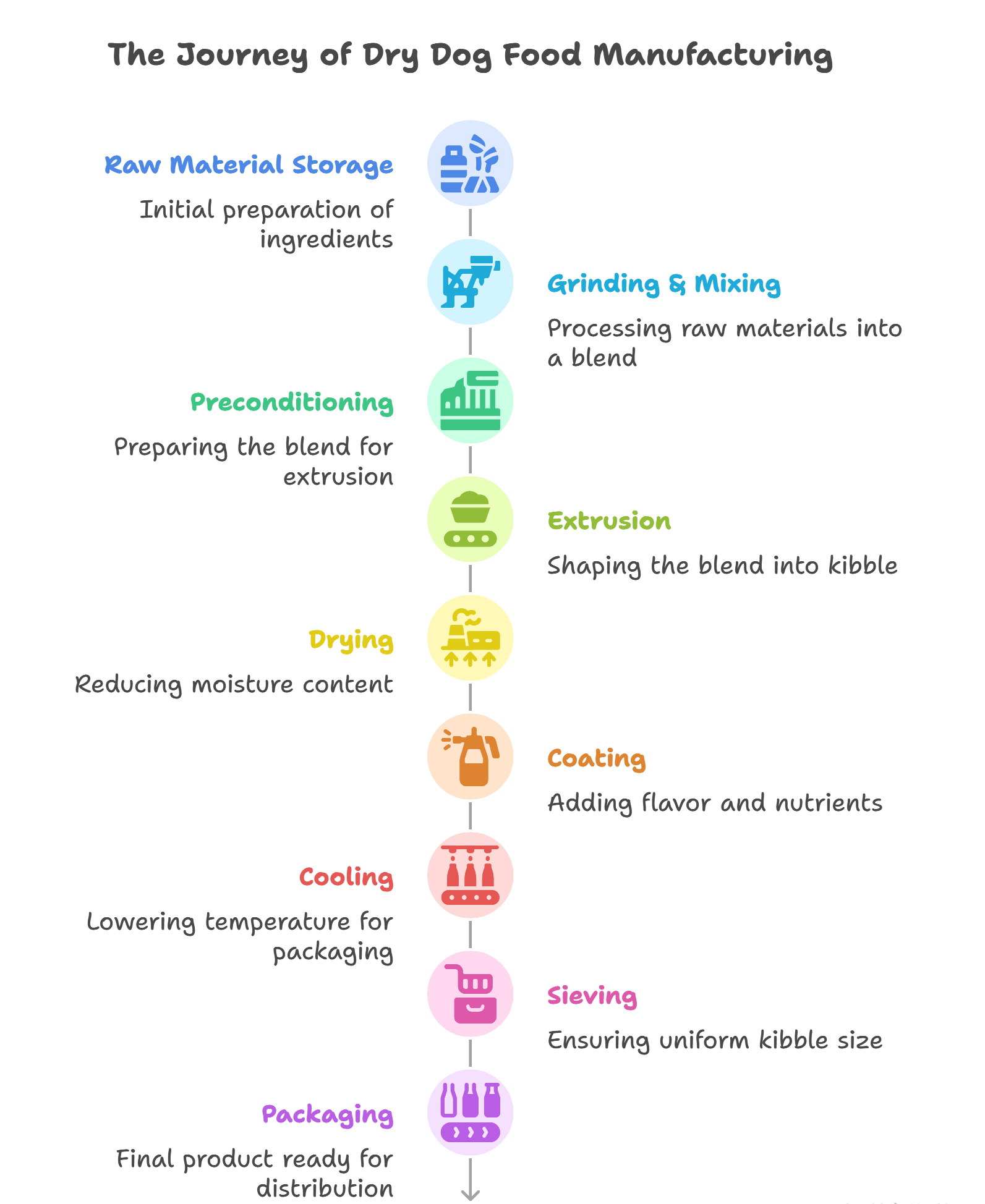
🏗 Machinery and Equipment Used in Commercial Dog Food Plants
| Equipment | Function | Recommended Model by Darin Machinery |
|---|---|---|
| Twin-Screw Extruder | Cooks and shapes kibble under pressure | DR-65, DR-70, DR-85 |
| Multi-Layer Dryer | Reduces moisture for shelf stability | Five-layer belt dryer |
| Vacuum Coater | Applies fats, flavors evenly | DVC-300 Vacuum Coater |
| Mixer & Blender | Ensures uniform ingredient distribution | Horizontal ribbon mixer |
| Packaging Machine | Automatically bags and seals finished product | Fully automatic vertical form-fill-seal (VFFS) |
Dog food extrusion temperatures exceed 200°C.False
Typical extrusion temperatures range from 90°C to 160°C, depending on recipe and equipment.
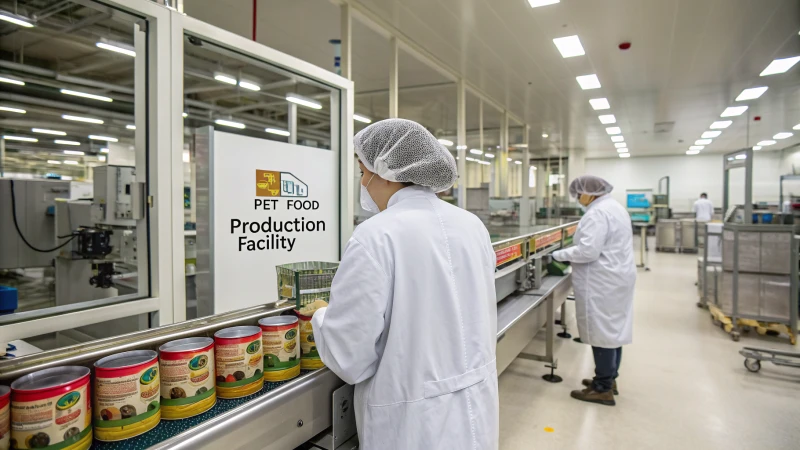
📦 Product Types in Commercial Dog Food
| Type | Process | Typical Moisture | Shelf Life |
|---|---|---|---|
| Dry (Kibble) | Extrusion + drying | <10% | 12–18 months |
| Semi-moist | Chemical preservation | 20–35% | 6–12 months |
| Wet (Canned) | Retort sterilization | 60–80% | 1–5 years |
📈 Quality Control and Regulatory Standards
- AAFCO compliance (USA): Ensures balanced nutrition by life stage.
- FEDIAF guidelines (EU): Regulates pet food additives and labeling.
- ISO/HACCP: Ensures food safety in processing environments.
- Traceability systems: QR codes or batch numbers for recalls.
Common Quality Tests
| Test | Purpose | Frequency |
|---|---|---|
| Proximate Analysis | Check protein, fat, fiber, moisture | Daily |
| Microbiological Test | Check Salmonella, E. coli, mold | Weekly |
| Shelf Life Study | Verify stability over time | Quarterly |
| Palatability Test | Evaluate flavor and acceptance | As needed |
All commercial dog food contains artificial preservatives.False
Many commercial brands offer natural-preservative or preservative-free options using vitamin E and rosemary extract.
🧠 Summary: Choosing the Right Approach
- Homemade dog food is ideal for dogs with medical conditions or allergies, but it requires knowledge, time, and regular vet input.
- Commercial dog food production is a science-driven, scalable solution offering consistent quality, long shelf life, and regulatory compliance.
- Hybrid models, such as fresh food subscription brands, use commercial equipment to make personalized diets—offering the best of both worlds.
📞 Ready to Start a Dog Food Manufacturing Business?
At Darin Machinery, we specialize in turnkey pet food production lines including twin-screw extruders, dryers, coaters, mixers, and packaging machines. Whether you’re launching a boutique brand or expanding industrial capacity, our experts will help you design a complete and compliant solution tailored to your market and budget.
👉 Contact us today to get a free production line consultation and quote!


